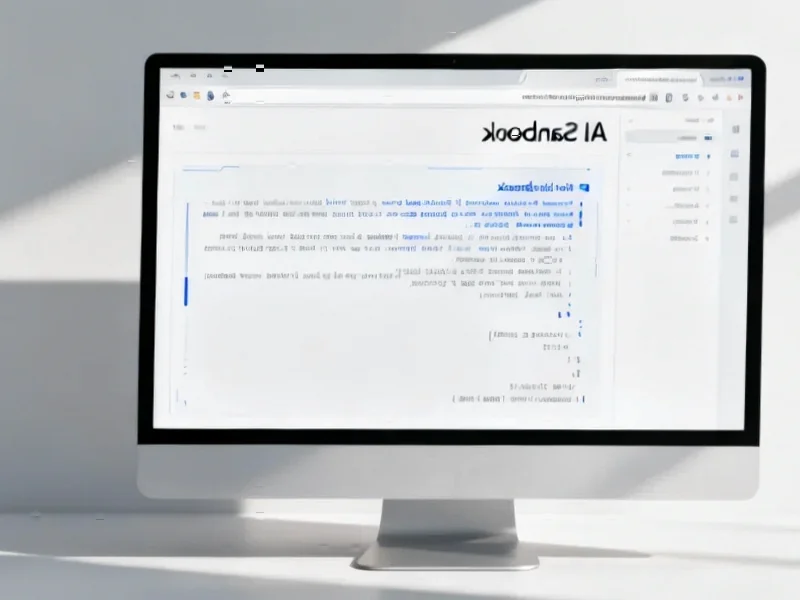According to SciTechDaily, researchers at Swinburne University’s Centre for Quantum Science and Technology have developed validation techniques for Gaussian Boson Samplers that can check quantum computer outputs in minutes rather than the thousands of years conventional supercomputers would require. Lead author Alexander Dellios and his team analyzed a recent GBS experiment that would take at least 9,000 years to reproduce using current supercomputers, discovering that the quantum computer’s probability distribution didn’t match the intended target due to previously unanalyzed noise. The study, published in Quantum Science and Technology with funding from NTT Phi Laboratories and the John Templeton Foundation, reveals that even quantum computers claiming “quantum advantage” may be producing incorrect results without proper verification methods.
The quantum verification paradox
Here’s the fundamental problem: quantum computers are being built to solve problems that classical computers literally cannot solve in any reasonable timeframe. We’re talking about calculations that would take millions or even billions of years on today’s fastest supercomputers. But if no classical computer can solve the problem, how can we possibly verify that the quantum computer got it right? It’s like having a student who claims they solved a math problem that’s too complex for any teacher to check. You either trust them blindly or you need a clever way to verify their work without actually doing the work yourself.
How the verification actually works
The Swinburne team focused specifically on Gaussian Boson Samplers, which use photons to perform probability calculations that are notoriously difficult for classical systems. Basically, they developed mathematical techniques that can run on an ordinary laptop to determine whether the quantum computer is outputting the correct probability distribution. The crazy part? Their analysis of that 9,000-year experiment revealed the GBS wasn’t actually producing the right distribution at all. There was extra noise in the system that nobody had caught before. So much for quantum advantage when your quantum computer isn’t even doing what it’s supposed to do.
The hardware reality check
This is where things get really interesting for anyone following quantum computing progress. The team now needs to figure out whether these errors caused the quantum computer to lose its “quantumness” – meaning it might not actually be performing quantum computations at all. That’s a pretty devastating possibility when you consider how much investment is pouring into quantum hardware development. For companies investing in industrial computing solutions where reliability is non-negotiable, this verification challenge highlights why we’re still years away from practical quantum applications. When even research-grade quantum systems can’t be trusted without extensive validation, it puts the entire timeline for commercial quantum computing into perspective.
What comes next in quantum validation
Dellios says scalable validation methods are “a vital component” of building error-free quantum computers that could revolutionize drug development, AI, and cybersecurity. But here’s the thing: we’re discovering that verification might be just as hard as the quantum computing itself. The field is facing a classic chicken-and-egg problem – we need reliable quantum computers to solve hard problems, but we can’t build reliable quantum computers without better ways to verify they’re working correctly. It’s going to require fundamental advances in both hardware and verification mathematics before we see the quantum revolution everyone’s promising. For now, at least we have methods like these to separate real quantum progress from quantum hype.




